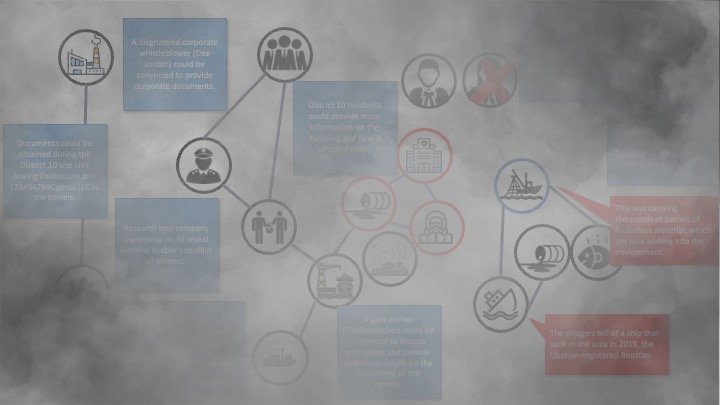CNN Academy journalism simulation
For the second year running SPS supported Rex Brynen in running a journalism training program run by CNN in collaboration with university programs around the world. In December, more than eighty of those students, together with a number of their instructors, travelled to Abu Dhabi to take part in an five day intensive news-gathering simulation. Although simulation has been used in journalism programmes before, this was an industry first in terms of scope, scale, and complexity
As with most educational simulations, the intent here was to challenge participants to put to work the knowledge they had acquired in their studies in a “safe to fail” environment. We didn’t make it easy, either.
This wasn’t the first time we had supported journalism training using simulation methods, but those past efforts were an ancillary to a simulation largely designed for other purposes.
The setting and scenario for the simulation, the simulation mechanisms we used, and some of the key lessons learned. There will be a few things that won’t be revealed, however—we want to keep them a secret for future iterations! Rex was the primary simulation designer and game controller. CNN staff also contributed to the design (notably Alireza Hajihosseini, John Sanders, and Mohammed Abdelbary), and most of the roles in the simulation were played by CNN journalists. Jim Wallman (Stone Paper Scissors) codirected the simulation. The simulation was hosted at the Yas Creative Hub of twofour54, and we also made use of their Kizad movie production backlot.
Major environmental disaster
A summary of our rather complex story, rendered suitably murky in case we ever want to reuse some of it.
Everything about the scenario, setting, and simulation structure was written into a 24 page “master scenario guide,” which was updated as necessary as new elements were added.
Simulation Mechanics
Students arrived in Abu Dhabi having taken part in CNN Academy webinars and other instructional content, but with no information on the simulation other than that there might be one. It’s fair to say that none of them anticipated how intense it would be. We immediately grouped them into teams of four or five students (each made up of students from different universities) and threw them in the deep end: they were told there was breaking story and a forthcoming press conference to cover, given initial details about the situation, and provided with a detailed country brief. They only had a short time to get to know their team, consisting of students from two or three different journalism programmes, as well as read up the country where they had just been “sent” to report. Then they started news-gathering.
Surprise! You’re all about to take part in an intense, stressful simulation this week.
Participants were also given access to a team email address and to a Twitter-like social media platform populated by a constant stream of fictional social media posts about the disaster, mixed in with actual news items about the rest of the world harvested in real time from CNN and other media feeds. About four hundred of the social media posts had been pre-scripted and pre-timed before the simulation, but others were injected live while it was all going on. This assured that there were new potential developments regarding the story almost 24 hours a day. The teams also received both scripted and live emails during the sim, and could “reach back” to their producers for advice and information. Both the email and social media servers were closed so they couldn’t leak into the real world.
Hard at work
On the first four days (Monday-Thursday) students participated in five simulated press conferences and many one-on-one interviews. The various spokespersons and interviewees—more than two dozen in total—were played by CNN staff, as well as myself and Jim Wallman. Other online characters might interact via email or social media direct messages.
Full article Posted by Rex Brynen on PaxSims



